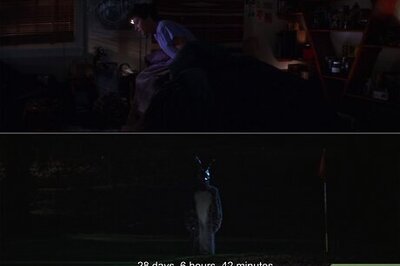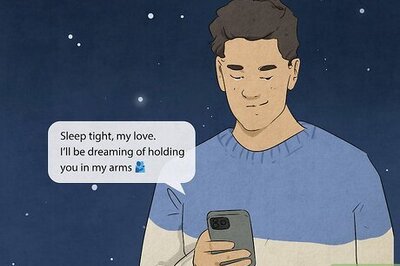
views
The currency notes worldwide feature pictures of their founding fathers or prominent leaders who played an important role in the nation’s history. In India, Mahatma Gandhi’s portrait has been in use in the national currency for more than five decades. Besides Gandhiji, pictures of many other important personalities have been used on the Indian currency notes.
1. King George V- The first one rupee note was printed in India on November 30, 1917, with the picture of King George V. This was the time when India was under British rule.
2. Ashok Stambh- Post independence, the currency notes with King George V were discontinued and replaced with Ashok Stambh.
3. Princely states- In 1917-1918, princely states like the Nizam of Hyderabad had been given the privilege to print and issue their currency. Kutch and Morvi State also came close to issuing their own.
4. King John II of Portugal- The Portuguese Escudo was the currency of Portugal from May 22, 1911, until the introduction of the euro on January 1, 2002. Goa, located on the west coast of India, was a Portuguese colony from 1510 to 1961. There was a photo of King John II on the Escudo currency.
5. King of France- Puducherry was also a colony of France till 1954. Therefore, the notes printed there had a picture of the King of France on them. Puducherry was liberated on August 16, 1962 and after 1964, circulation of Indian notes started here. The notes issued by the French government in Puducherry were also called Rupay.
In 1996, the notes with Mahatma Gandhi’s photo were issued replacing all the bank notes that were printed until then.
DO THE NOTES HAVE ORIGINAL GANDHI’S IMAGE
The portrait of Gandhi visible on Indian currency notes is not a caricature. As per a report in The Indian Express, the image is a cut-out of a photograph taken in 1946. In the photograph, he is standing with British politician Lord Frederick William Pethick-Lawrence.
The photograph was chosen as the most suitable expression of Gandhi smiling and the portrait began to be used in the currency notes.



















Comments
0 comment